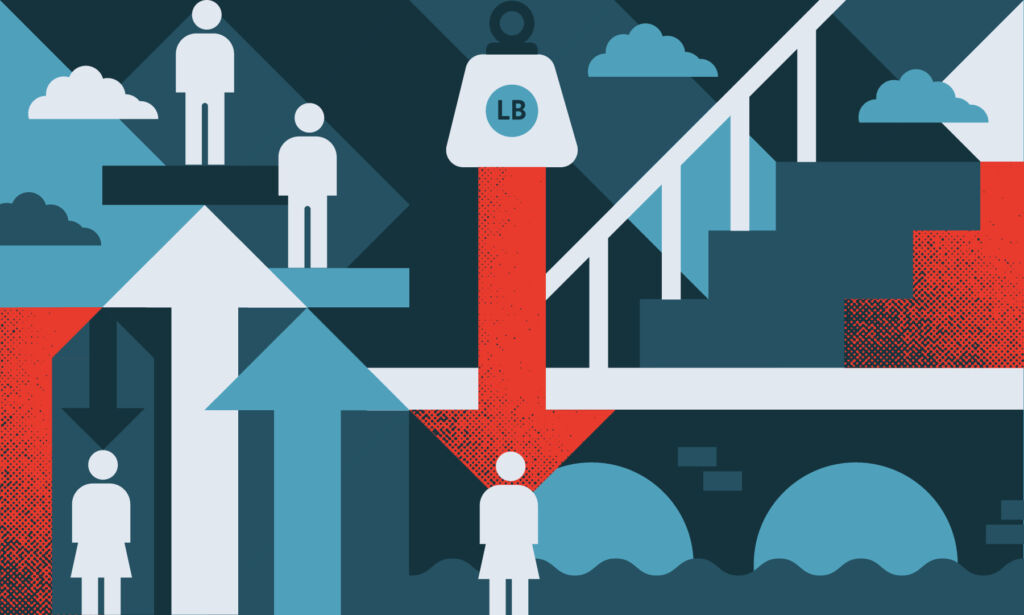There is little time left before public consultations on proposed regulations in support of the new federal Pay Equity Act close on January 13th. After years spent looking ahead to a new pay equity regime in Canada, what’s at stake is not just about a pay raise, as vital as that is. It’s also a reckoning about the value that we attach to women’s work, and who decides what that value is.
On November 4, the Parliamentary Budget Officer (PBO) released a Fiscal Analysis of Federal Pay Equity, estimating the budget impact of closing the systemic wage gap between men and women for work of equal value within the federal public service (as required by the new federal Pay Equity Act).
Unfortunately, some of the public commentary that followed emphasized the taxpayer cost of equal pay policy, while downplaying the significant benefits of reducing systemic gender bias.
This framing not only misses the purpose of the PBO report, it exaggerates the impact on “taxpayers” while giving little weight to the positive impacts for the 1.3 million people working in the civil service and federally regulated industries.
A narrative like this shows why we need the Act in the first place: without the requirement to pay just wages, women will continue to be exploited, undervalued and underpaid. Once again, the positive and generative value of public investment is understated.
So what would be a better way to discuss this issue publicly?
The PBO “fiscal analysis”
The PBO’s analysis of the new pay regime estimates only the potential costs related to the government’s role as regulator and employer. It does not include an analysis of the revenue or expenditure effects resulting from this initiative. A fiscal analysis should at least examine the tax implications of the rise in women’s incomes, yet even this immediate and predictable revenue impact is ignored by the PBO report—and in the cost benefit analysis included in the draft regulations published in November.
If the government increases wages to women in the civil service by $477 million, as estimated by the PBO, that figure is added to expenditure estimates. However, this does not mean taxpayers, as a group, are worse off. After all, formerly under-valued and under-paid women would collectively earn an additional $477 million making them, as taxpayers, better off. Other taxpayers may be worse off as a result of this decision, but as this is a transfer between taxpayers nothing has changed for all taxpayers.
Nor does it mean that tax rates must rise to generate an additional $477 million.
Which taxpayers pay, and how much?
The first effect of the wage increase is on its recipients who will pay federal and provincial income taxes on their added income. The PBO data indicate the recipients are in the second income tax brackets, both federally and provincially. Therefore, their marginal tax rate would be 20.5% federally and 9.15% provincially if, for example, they all lived in Ontario, and income taxes on their additional income will be $141 million, ($477 x 29.65%). If everyone lived in Quebec, it would be $193 million ($477 x 40.5%).
While the actual figure will depend on the home province of the women receiving the pay equity adjustment, the point is that the recipients themselves will immediately finance roughly one-third of the cost.
Second, there are significant spin-off effects from the pay raise; people will spend a large part of their additional after-tax incomes, much of it locally. Of course, those who see an increase in their tax rate to cover the remaining $284 to $336 million (using the examples of Quebec and Ontario above) may cut back their expenditures, but not by as much as the lower-paid women whose consumption will increase. This net increase in consumption expenditures will create more jobs and more income and sales tax revenue, federally and provincially.
What about the “other expenses”?
The PBO estimates there will be $144 million of additional expenditures on “increased pension and other employee benefits contributions.” No information is provided on the nature of these programs.
The budget implications of these additional expenditures is complicated. If the benefits are shared-cost programs, then there will be a further levy against the increased incomes. Are there upper limits on the contributions of the employee but not the employer? Even if only the government (and not the recipients) has additional salary-determined expenses, do these funds go into a government pension or other plan? What spin-offs will be generated by these additional expenditures? None of these issues is addressed by the PBO.
The importance of unpacking this particular expenditure increase applies to all government spending, such as the billions spent on COVID-related measures. In the case of income support, such as employment insurance or COVID-19 emergency benefits, the costs of these programs are actually less than the stated expenditures as they cushion the extent of the drop in economic activity and in tax revenues while extending critical support to millions.
Moreover, some program expenditures will have net positive tax implications. Quebec’s subsidies for early childhood education actually generate increased federal and provincial tax revenues of $1.79 for every $1 of subsidy.
What are the additional benefits of pay equity legislation?
Although the Pay Equity Act covers industries which are federally regulated (such as banking, telecoms, and airlines), governments moving forward with proactive pay equity put pressure on the private sector to follow suit, out of principle—it is the right thing to do—or because it becomes harder for them to hire women if they retain gender discrimination in pay levels.
It is crucial to understand the difference between budget expenditures and their tax implications. By the same token, to avoid superficial interpretations and misleading coverage, any fiscal analysis from the Parliamentary Budget Officer should always include the revenue effects of expenditure changes as well.







